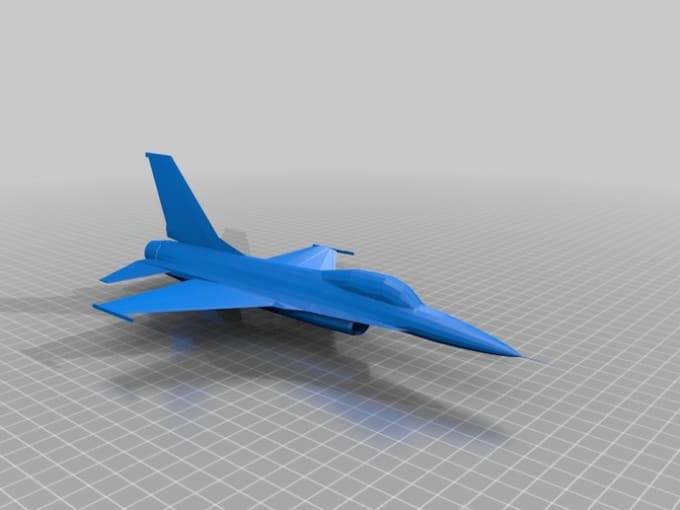

The animation above shows how big the difference in size becomes when the unit changes from mm to inches in the 3D Builder program. These settings will give you appropriate file sizes, as well as high-quality prints. Settings for exporting STL files for 3D printingīelow are some of the most important settings for exporting STL files for 3D printing. By converting these files to STL, the model is simplified and thus easier to understand for a 3D printer’s slicer software, a software that converts the model into layers, which print consecutively. They may also be difficult for 3D printers to read. Full 3D models created with CAD software can be too complex to easily share online. The format also serves as an interface between 3D modeling software and 3D printing hardware. Furthermore, most 3D modeling software is designed to open STL files. 3D printers are therefore being designed to work with the format. STL has become widely accepted as the standard format for prints intended for additive manufacturing and manufacturers. The format makes file portability possible, which is a significant advantage for most manufacturers in the AM space. They may lack the precision of other formats, but most 3D printers are similarly limited in the level of detail they can reproduce, so it doesn’t really matter.

Thanks to the format’s simplicity, STL files are fairly small. Many websites that publish 3D models use the STL format. The more triangles used, the higher the model’s resolution. This format uses a series of interconnected triangles to recreate or reproduce a 3D model’s surface geometry. The format describes a 3D object’s surface geometry without any color, texture, or other properties. STL stands for Standard Tessellation Language or STereo Lithography. The STL format is the most widely used format for additive manufacturing. This post is a guide that clarifies the process so that users can optimize their settings for specific needs. stl files for 3D printing and SLS printing.


 0 kommentar(er)
0 kommentar(er)
